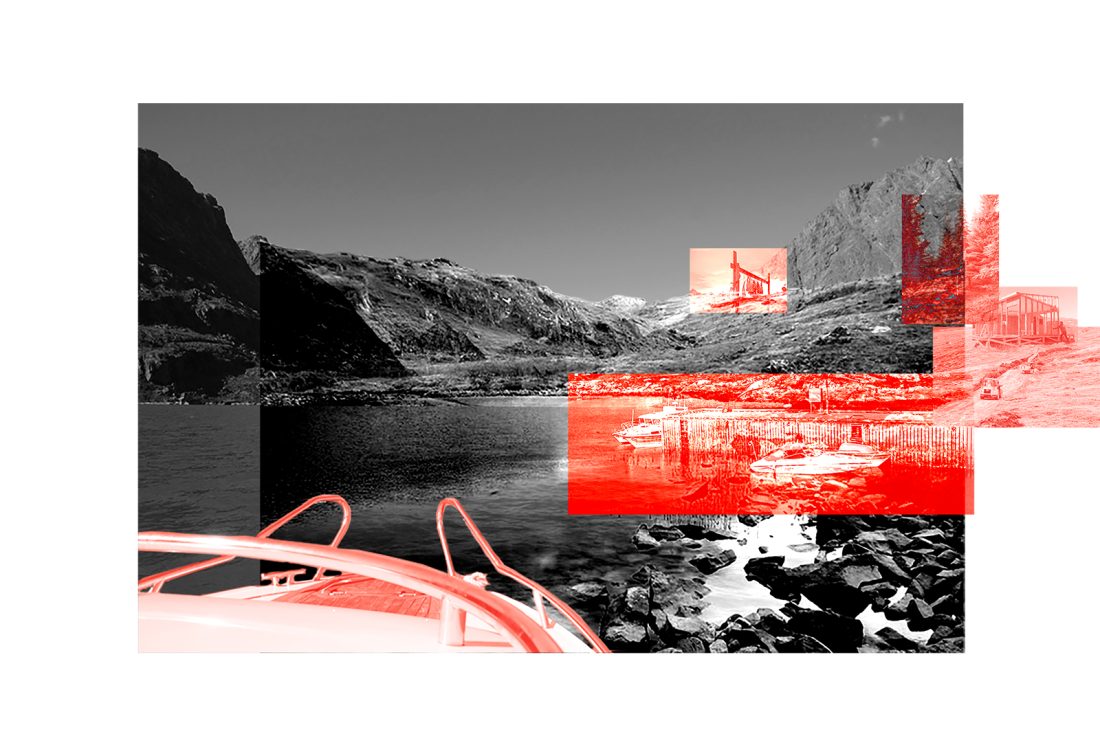Projet pour Kujalleq
Et si le dérèglement climatique était quelque chose de positif ?
2024
Auteur(s)
William Janssens
Enseignant(s)
Marc Armengaud, Steven Melemis
Département
M(s)M
Nous entendons « Groenland » et « dérèglement climatique » et nous pensons à la catastrophe. Pourtant, la position officielle de la plus grande ile du monde est d’accueillir de façon chaleureuse le changement climatique, qui se produit deux à quatre fois plus vite en milieu arctique.
Ceci est surtout vrai en Kujalleq, la région méridionale du Groenland et le berceau de l’agriculture dans l’Arctique. Aujourd’hui, des dizaines d’exploitations ovines dans les vallées et sur les côtes des fjords peuplent son paysage productif presque entièrement rural, faisant vivre le territoire de la même manière que les Norrois, les premiers habitants, entre le Xe et le XVe siècle. La situation insulaire et le passé colonial de ce territoire autonome du Danemark constituent les conditions de sa polarisation contemporaine. En Kujalleq, presque tout est importé malgré un désir populaire d’indépendance et des conditions climatiques et paysagères toujours plus favorables à une augmentation écosystémique vertueuse.
Comment rencontrer le territoire ? Comment penser le cadre logistique qui accompagne une vie d’indisponibilité et de distance ? Quels espaces d’un risque de pénurie désormais partagé ?
Upon hearing “Greenland” and “climate change,” we jump to catastrophic conclusions. Interesting, given that the official position of the world’s biggest island is to welcome it with open arms! What’s more, arctic climate change occurs at a rate of up to four times faster than in the rest of the world. This is no less true in Kujalleq, Greenland’s southernmost region and the birthplace of arctic agriculture. Now, the productive landscape consists of dozens of sheep farms strewn throughout valley and fjord; an almost entirely rural countryside is brought to life through the same livelihood that its original inhabitants, the Vikings, practiced between the 10th and 15th centuries.
Geographic isolation and a colonial past furnish the conditions of this autonomous territory of the Danish realm’s contemporary polarization. In Kujalleq, almost everything is imported despite a desire for autonomy as well as ever more favorable conditions for virtuous ecosystem augmentation.
How can such a landscape be approached? How can the logistical framework underlying a life of distance and unavailability be rethought? Finally, what spaces are born out of a potential sharing of risks of shortage?



